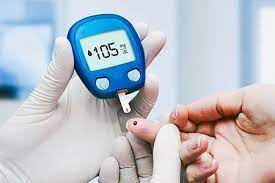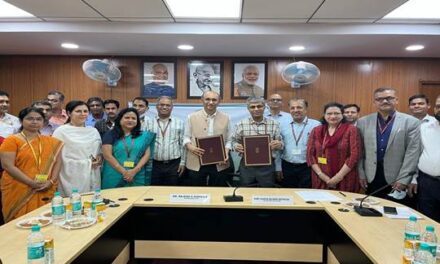A new study has uncovered a dramatic surge in Type 2 diabetes cases in the U.S., with the prevalence of the disease increasing by nearly 20% over the past decade. The research, which analyzed data from over 400,000 participants, highlights a troubling rise in diabetes across all sociodemographic groups, with non-Hispanic Black individuals and older adults being particularly hard hit.
The findings, published in Diabetes, Obesity and Metabolism, underscore the growing challenge of managing this costly and debilitating condition, with the annual cost of diabetes in the U.S. now exceeding $412 billion.
Type 2 Diabetes Hits Non-Hispanic Black Population the Hardest
One of the most alarming aspects of the study was the disproportionate impact of Type 2 diabetes on non-Hispanic Black individuals. Just under 16% of Black participants reported being diagnosed with the condition, a significantly higher rate than other racial and ethnic groups. Researchers noted that this disparity could be driven by various social, economic, and health factors that place non-Hispanic Black individuals at greater risk.
Lead author Sulakshan Neupane, a doctoral student at the University of Georgia (UGA), emphasized the urgency of addressing these disparities. “Diabetes is increasing day by day in the U.S., and it will increase even more in the coming years,” Neupane warned.
Older Adults Bear the Brunt of Diabetes
The research also revealed that older adults, particularly those aged 65 or older, were more than ten times as likely to have Type 2 diabetes compared to younger adults aged 18 to 24. Over one in five seniors were diagnosed with the condition, making it one of the most prevalent health issues in this age group.
People aged 45 to 64 were also at increased risk, being over five times more likely to be diagnosed with diabetes than younger adults. As the aging population grows, experts fear the burden of managing diabetes in older adults will continue to mount.
Income and Education Levels Influence Diabetes Risk
Income and education also played a significant role in the likelihood of receiving a diabetes diagnosis. According to the study, individuals with lower incomes were at much higher risk of developing Type 2 diabetes than those with higher incomes. Wealthier participants were 41% less likely to report having the disease.
Similarly, educational attainment appeared to offer some protection. Participants with a college education were 24% less likely to be diagnosed with diabetes than those without.
Regional Differences: South and Midwest Are Diabetes Hotspots
The study also highlighted stark regional disparities in diabetes prevalence. States in the South and Midwest saw the highest increases in Type 2 diabetes cases between 2012 and 2022. Arkansas, Kentucky, and Nebraska led the nation in diabetes growth, with ten states reporting increases of 25% or more. These states included Texas, Alabama, Minnesota, Illinois, West Virginia, Delaware, and Massachusetts.
“In these areas, people are at higher risk of developing diabetes, so policymakers and public health officials need to focus on these regions,” said Neupane. He urged for targeted public health initiatives to address the rising tide of diabetes in these regions.
Obesity and Inactivity Drive Diabetes Risk
The study confirmed the strong connection between obesity and diabetes. In 2022, one in five obese participants reported being diagnosed with the condition, while one in ten overweight individuals had Type 2 diabetes. On the other hand, those who engaged in regular physical activity had significantly lower rates of diabetes, with active individuals facing a prevalence of less than 10%, compared to 19% among those who were inactive.
“Be more active. Pay more attention to your physical health,” Neupane advised. “Some risk factors like age and race cannot be modified, but you can do something to lower the risk of diabetes, like healthy eating, maintaining an active lifestyle, and losing weight.”
Conclusion: Diabetes Epidemic Likely to Worsen
The study provides a sobering picture of the Type 2 diabetes epidemic in the U.S., with rising cases across all demographic groups and regions. The authors stressed the need for urgent public health interventions to curb the growing number of diabetes cases, especially in vulnerable populations. Without action, the researchers warn, the economic and social burden of diabetes is likely to worsen.
As Neupane pointed out, “That’s a huge amount, and it’s only going to increase as more people are diagnosed with the disease.”
Reference: “Regional disparities in type 2 diabetes prevalence and associated risk factors in the United States” by Sulakshan Neupane, Wojciech J. Florkowski, Uttam Dhakal, and Chandra Dhakal, July 18, 2024, Diabetes, Obesity and Metabolism. DOI: 10.1111/dom.15797.











